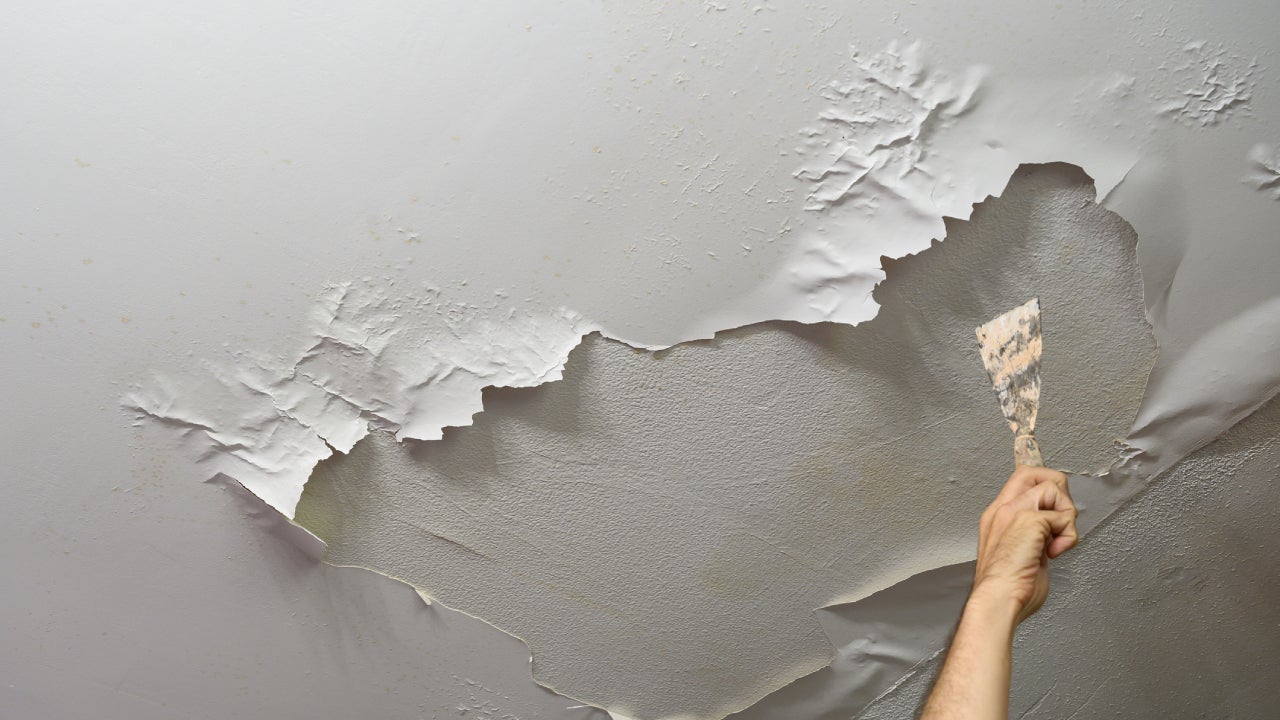6 Water Damage Restoration Do's as well as Don'ts.
6 Water Damage Restoration Do's as well as Don'ts.
Blog Article
The publisher is making a few great pointers relating to Fire And Water Damage Prevention in general in this content down below.

Water provides life, water breach on parts where it's not intended to be can result in damage. It can peel off away surfaces as well as deteriorate the foundation if the water saturates right into your structure. Mold and mildew and also mildew additionally grow in a damp atmosphere, which can be hazardous for your health and wellness. Residences with water damage smell old and also musty.
Water can come from numerous resources such as typhoons, floods, burst pipes, leaks, as well as sewage system concerns. In case you experience water damage, it would be good to understand some security preventative measures. Below are a couple of guidelines on how to take care of water damage.
Do Prioritize House Insurance Coverage Insurance Coverage
Water damages from flooding as a result of hefty winds is seasonal. Nonetheless, you can additionally experience a sudden flood when a defective pipe all of a sudden ruptures into your home. It would certainly be best to have residence insurance policy that covers both disasters such as natural disasters, and emergencies like broken plumbing.
Do Not Neglect to Switch Off Energies
In the event of a disaster, especially if you stay in a flood-prone location, it would be suggested to switch off the major electric circuit. This removes power to your whole house, preventing electric shocks when water can be found in as it is a conductor. In addition, do not neglect to shut off the main water line shutoff. Furniture will relocate around and also cause damages when floodwaters are high. Having the main valve turned off avoids additional damages.
Do Remain Proactive and also Heed Weather Condition Alerts
Pay attention to evacuation warnings if you live near a creek, river, or lake. Doing so decreases prospective building damage.
Don't Ignore the Roofing System
You can stay clear of rainfall damages if there are no holes and leaks in your roof covering. This will certainly stop water from streaming down your walls and saturating your ceiling.
Do Take Notice Of Little Leaks
A ruptured pipeline does not occur over night. You may notice gurgling paint, peeling wallpaper, water streaks, water stains, or leaking sounds behind the wall surfaces. Have your plumbing fixed before it results in massive damages.
Don't Panic in Case of a Burst Pipeline
Keeping your clearheadedness is vital in a time of dilemma. Panicking will only worsen the issue due to the fact that it will suppress you from acting quickly. Timing is essential when it comes to water damages. The longer you wait, the more damage you can anticipate. Hence, if a pipe bursts in your house, quickly shut off your major water valve to cut off the resource. After that unplug all electrical outlets in the location or turn off the circuit breaker for that part of your home. Call a respectable water damages restoration specialist for support.
Water gives life, water intrusion on parts where it's not intended to be can result in damages. Homes with water damage odor musty and old.
Water damage from flood dues to hefty winds is seasonal. You may observe bubbling paint, peeling wallpaper, water streaks, water discolorations, or trickling audios behind the wall surfaces. When it comes to water damages, timing is crucial.
Some Do's & Don't When Dealing with a Water Damage
DO:
Make sure the water source has been eliminated. Contact a plumber if needed. Turn off circuit breakers supplying electricity to wet areas and unplug any electronics that are on wet carpet or surfaces Remove small furniture items Remove as much excess water as possible by mopping or blotting; Use WHITE towels to blot wet carpeting Wipe water from wooden furniture after removing anything on it Remove and prop up wet upholstery cushions for even drying (check for any bleeding) Pin up curtains or furniture skirts if needed Place aluminum foil, saucers or wood blocks between furniture legs and wet carpet Turn on air conditioning for maximum drying in winter and open windows in the summer Open any drawers and cabinets affected for complete drying but do not force them open Remove any valuable art objects or paintings to a safe, dry place Open any suitcases or luggage that may have been affected to dry, preferably in sunlight Hang any fur or leather goods to dry at room temperature Punch small holes in sagging ceilings to relieve trapped water (don't forget to place pans beneath!); however, if the ceiling is sagging extremely low, stay out of the room and we'll take care of it DO NOT:
Leave wet fabrics in place; dry them as soon as possible Leave books, magazines or any other colored items on wet carpets or floor Use your household vacuum to remove water Use TV's or other electronics/appliances while standing on wet carpets or floors; especially not on wet concrete floors Turn on ceiling fixtures if the ceiling is wet Turn your heat up, unless instructed otherwise

Hopefully you enjoyed reading our section about Fire And Water Damage Prevention. Thank you so much for taking the time to read our short article. Are you aware of another individual who is enthusiastic about Fire And Water Damage Prevention? Feel free to share it. I am grateful for your time. Come back soon.
Report this page